The Calculus of Necessity Shapes the Sharm el-Sheikh Agreement
The Calculus of Necessity Shapes the Sharm el-Sheikh Agreement
By Islam Farag, from Cairo / Egypt
In the early hours of last Thursday, U.S. President Donald Trump announced that Israel and Hamas had reached the first phase of a ceasefire agreement in the Gaza Strip. As the ceasefire took effect, ending a two-year war, cautious optimism mixed with deep apprehension prevailed. Observers continue to question whether the agreement, shrouded in ambiguity regarding its later stages, can withstand future political developments.
The agreement’s lack of specificity stripped it of a precise timeline, rendering it more a tool for crisis management than a comprehensive solution. This was evident in the prioritization of the release of hostages and prisoners, with clear arrangements for this process, while issues like troop withdrawal and humanitarian relief were approached cautiously, relying heavily on a phased approach. Furthermore, the agreement allowed Israel to maintain control over key areas such as Rafah, Beit Hanoun, and the Philadelphi Corridor, deferring decisions on their fate to a later date. Most concerning, the timeline for the first phase was so vague that it failed to set a definitive deadline for its implementation, which is critical for initiating negotiations on the second phase—ostensibly focused on the “day after” the war and the pressing question: how will Gaza be governed?
A diplomatic end
According to analysts, the agreement deliberately avoided delving into details that could reignite the conflict, opting instead for a diplomatic end to the two-year war. Sources close to the negotiations, however, praised those who facilitated the agreement’s current form, noting that it addresses the urgent humanitarian and military needs of both parties. The cycle of violence that erupted two years ago stemmed from existential causes that cannot be resolved in a single agreement. The war had lost its purpose for both sides, and its continuation would only erode any remaining prospects for military or political gains.
Globally, both official and public sentiment grew weary of the dire humanitarian conditions endured by Palestinians in Gaza, necessitating an end to this tragedy. All parties needed a moment to catch their breath, paving the way for a reassessment of Gaza’s new political landscape and a return to serious negotiations aimed at establishing a Palestinian state. Optimists may be justified in their hope that the agreement’s implementation will steer the Palestinian cause back on track—a significant achievement by any objective measure. However, this success does not negate the landmines threatening its path.
Israel’s continued presence in parts of Gaza remains a potential trigger for renewed fighting. The agreement’s failure to specify a timeline for a full withdrawal is, in the view of experts, likely to spark clashes between the Palestinian resistance and Tel Aviv. Additionally, the agreement sidesteps the issue of Hamas’s weapons, with the movement insisting that disarmament is contingent on ending the occupation. This unresolved issue could destabilize any temporary truce.
A profound point of contention
The “day after” the war remains a profound point of contention, not only between Israel and the resistance, but also within the Arab camp advocating for a two-state solution. The Netanyahu government insists that Hamas should have no role in governing Gaza, and Trump’s plan envisions handing authority to a foreign leadership. Hamas, however, rejects any foreign role, expressing willingness to relinquish control of Gaza only to a Palestinian technocratic government backed by Arab and Islamic support. This clash of visions perpetuates a power vacuum, hindering the transition to subsequent phases of a political solution that would ensure stability in Gaza.
Undeclared Gulf rejection
Meanwhile, some Arab states expected to play a pivotal role in funding reconstruction efforts—particularly Saudi Arabia and the United Arab Emirates—view the Sharm el-Sheikh agreement with skepticism. Their unstated rejection of the deal stems from its failure to eliminate Hamas’s presence in Gaza entirely. Over the years, both nations have adopted a hardline stance against armed Islamist movements, arguing that any agreement must explicitly support the Palestinian Authority’s return to Gaza as the sole legitimate representative of the Palestinian people. This, they believe, would end the division exploited by Tel Aviv to undermine peace efforts.
Egypt, which oversaw the agreement’s formulation on its soil, shares this perspective to some extent. Cairo opposes the duality of Palestinian authority and does not recognize Hamas’s legitimacy as a governing body, yet it engages with the movement as an undeniable reality. Since Hamas’s takeover of Gaza in 2007, Egypt has adopted a strategy of containment and negotiation, recognizing that Gaza’s stability hinges on politically accommodating Hamas. In contrast, Riyadh and Abu Dhabi favor a decisive approach, insisting that Gaza’s future must exclude Hamas entirely.
Despite these differences, the agreement is seen as a potential first step toward establishing a Palestinian state. However, the hardline right-wing faction currently governing Israel fundamentally rejects the notion of a Palestinian state.
A broader strategic impasse
In sum, the Sharm el-Sheikh agreement, while a political victory for its sponsors and guarantors rather than its direct parties, is not merely a leap forward that sidesteps difficult questions for humanitarian and practical reasons. It also reflects the broader strategic impasse faced by all parties in their attempts to impose their will through war. Military, humanitarian, and political pressures proved stronger than any party’s desire to delay for long-term strategic gains.
For Hamas, facing unprecedented military and popular exhaustion, accepting the ceasefire was a matter of survival. The agreement offered a chance to regroup and alleviate public anger directed at the movement, which was held responsible for the war’s continuation and its failure to secure gains for Gazans, whose homes were destroyed, leaving them in a catastrophic humanitarian situation without food, medicine, or water.
For Israel, Prime Minister Benjamin Netanyahu’s government failed to achieve any of its stated objectives—neither freeing the hostages nor eliminating the resistance. Netanyahu faced mounting criticism, losing much of the war’s legitimacy even among military leaders. Internationally, Tel Aviv found itself increasingly isolated amid growing recognition of a Palestinian state and a global public opinion increasingly supportive of Palestinians and critical of Israeli occupation practices.
Even international actors had their own motives for pushing the agreement. President Trump saw it as a pathway to a Nobel Peace Prize, cementing his image as a global peacemaker. Accusations of unconditional U.S. support for Israel at the expense of American interests and reputation prompted a tactical recalibration. Instead of earlier talk of seizing Gaza and transforming it into a “new Riviera” in the Middle East, Trump now speaks of regional peace as a broader goal, restoring political prestige to his administration and country.
An illuminating moment
Most critically, the agreement achieved Egypt’s primary objective: preventing the displacement of Gaza’s Palestinians to Egypt or elsewhere, thereby averting the liquidation of the Palestinian cause. The scenario of mass displacement is no longer discussed as a viable solution in future negotiations.
According to a private source, while the war was between Israel and Hamas, it was Egypt that emerged victorious. From the war’s outset two years ago, President Abdel Fattah el-Sisi was resolute that liquidating the Palestinian cause through displacement would not happen—certainly not at Egypt’s expense. Over time, Egypt’s pragmatic diplomacy proved uniquely effective. Through relentless regional and international efforts, Cairo upheld its stance against displacement and the erasure of the Palestinian cause, achieving its goals quietly and without fanfare.
Meanwhile, others lost their aspirations and leverage. Iran and its proxies saw their carefully cultivated influence diminish due to miscalculations. Some Gulf states secretly bet on the war ushering in a new era led by Israeli military might and Gulf financial power, but the Sharm el-Sheikh agreement shattered those illusions, awakening all to reality.
The agreement marks the end of a chapter that raises more doubts than celebrations. However, it remains a revealing and illuminating moment. The doubts center on the intentions of the Israeli government, which may become clearer after the hostages are released.
Realism suggests Israel might resume military operations if calculations shift. However, once the hostages are freed, Netanyahu will lose his justifications for war and face mounting domestic pressure over the conflict’s immense human and economic costs, as well as international isolation due to a lack of global support.
Ultimately, the agreement’s sponsors and guarantors—Egypt, Türkiye, Qatar, and the United States—face a real test in ensuring commitments translate into reality on the ground, regardless of the shifting political winds in Tel Aviv and Washington.



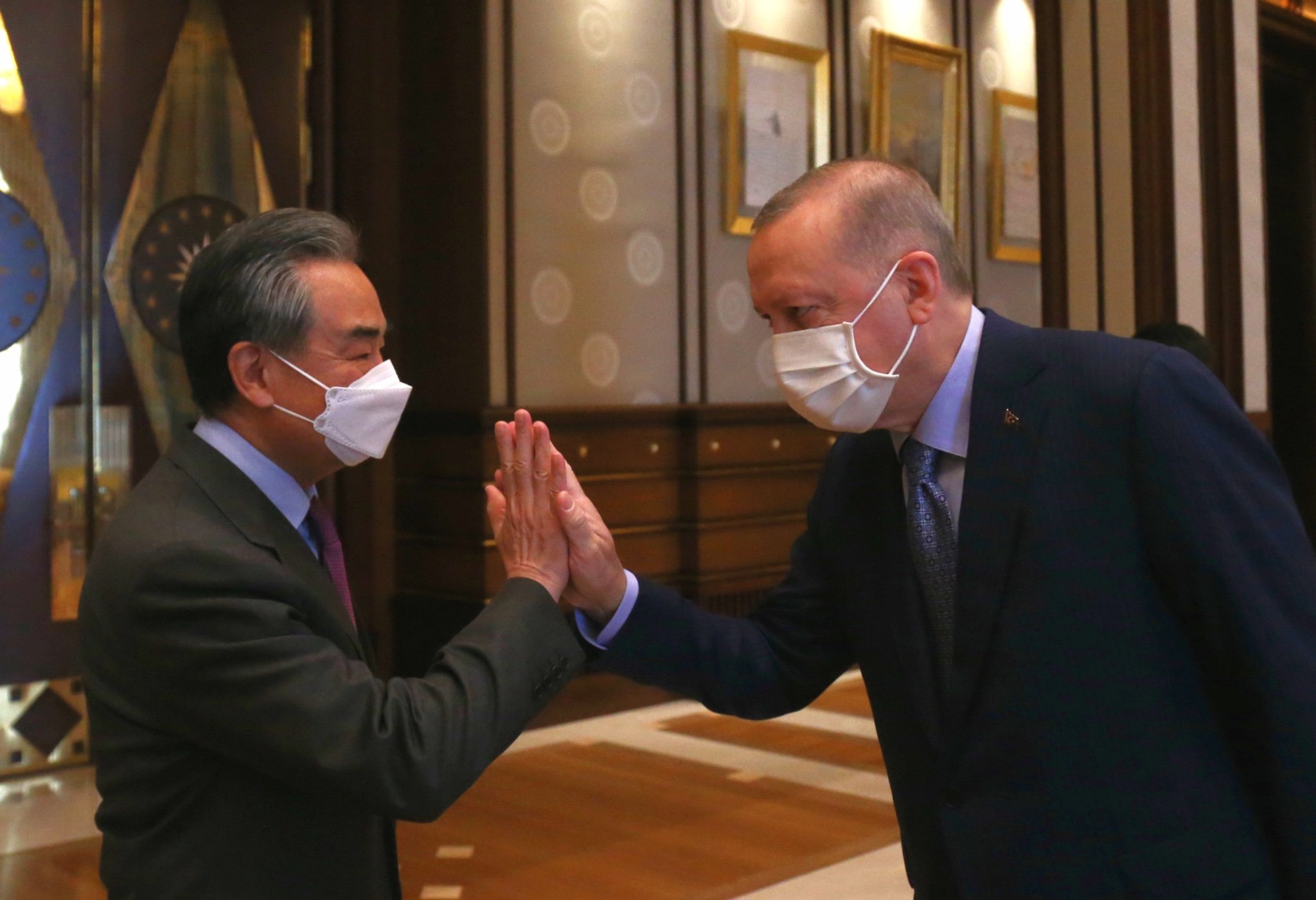
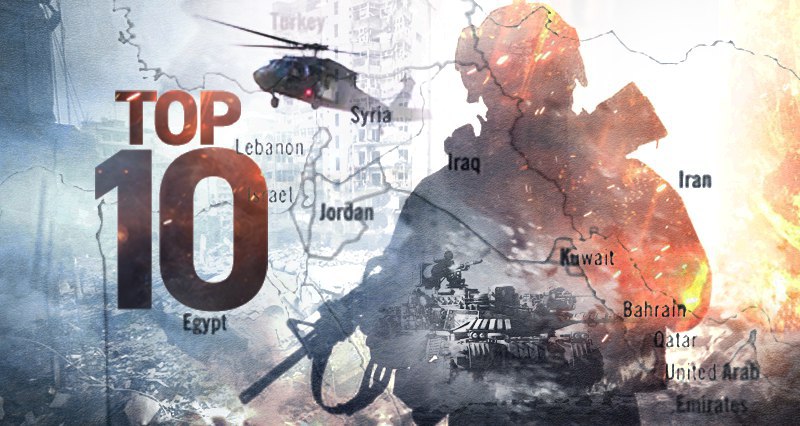





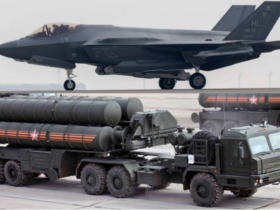



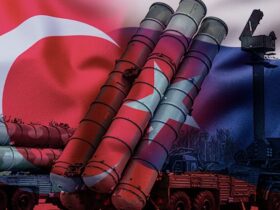

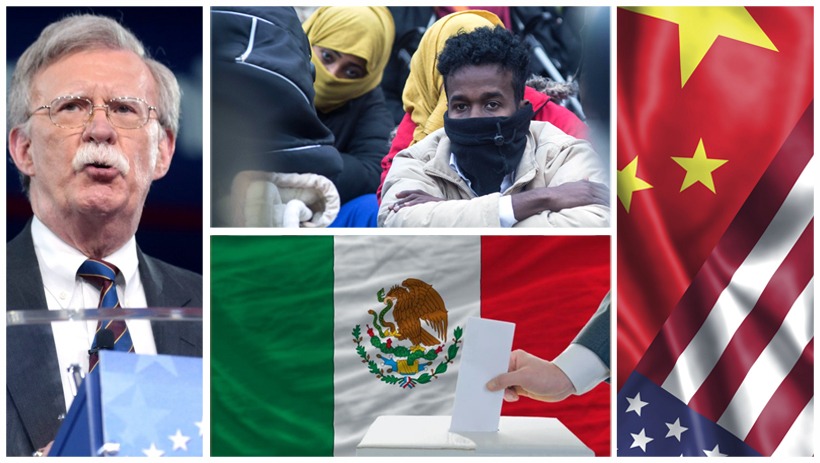
Leave a Reply